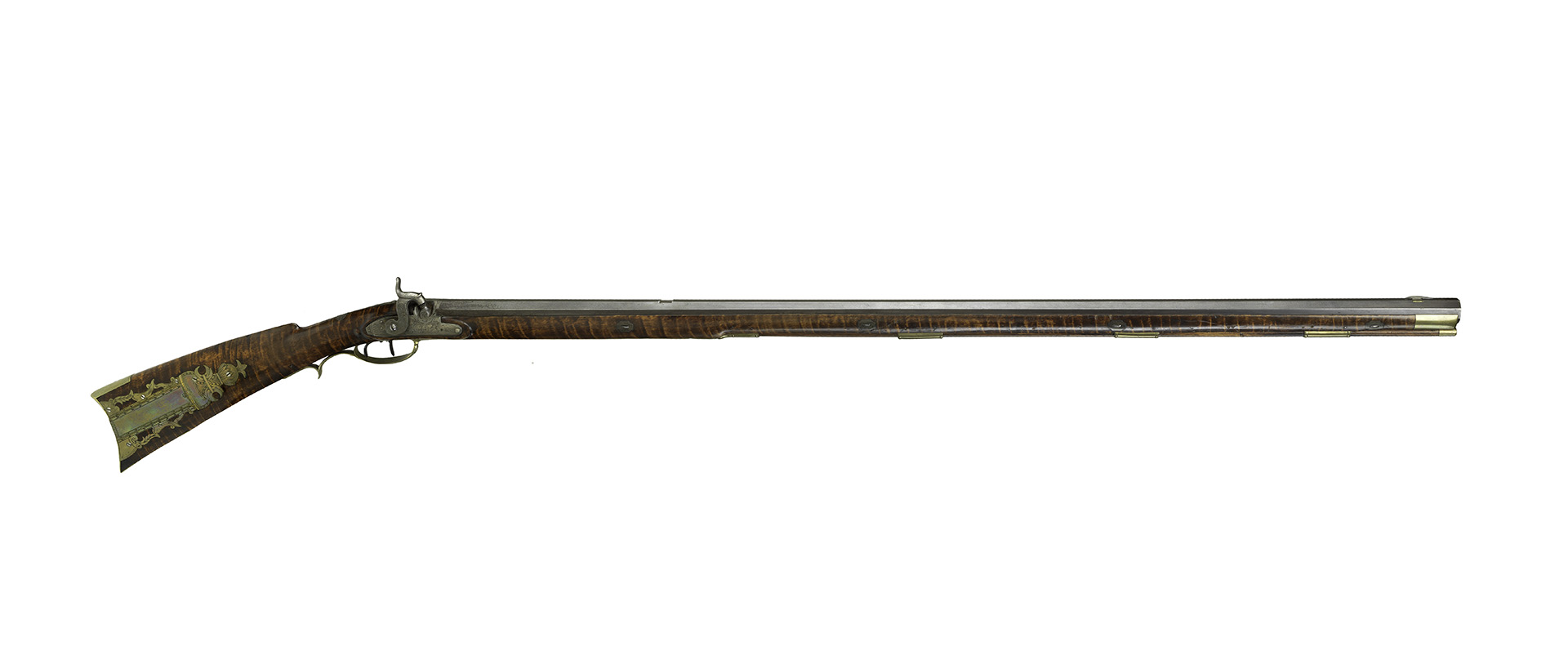WHEN did percussion caps as we know them today become common in guns?
I know Colt made small revolvers for them in 1836.They were not around in 1822 were they?
Bob Roller
Bob,
The percussion cap as we know it was likely first thought of around 1815 in England, but because of Reverend Alexander Forsyth's patent on his percussion system and his lawsuits to prevent patent infringement, little commercial development occurred until after 1821 when his patent expired. There was much experimentation in England to perfect the percussion cap in the early 1820's. By 1825, many gun makers in England were producing percussion arms, and by 1830, nearly all sporting guns made for the English market were percussion.
Joshua Shaw, one of the claimants to have invented the percussion cap around 1815 and who emigrated from England to America in 1817, applied for and was granted a US patent for the copper percussion cap in 1822. After that, the development of percussion arms in America quickly followed, if not paralleled, that in England.
Henry Deringer of Philadelphia was making percussion pistols as early as 1826.
From
Henry Deringer Pistols from 1826 to 1870 by L.D. Eberhart

According to George Shumway in
Pennsylvania Longrifles of Note, Deringer made this percussion rifle in 1829. Note the “conquistador helmet” style breech bolster on the rifle.


Percussion guns were common on the East Coast by 1830. Henry J. Kauffman in his
The Pennsylvania Kentucky Rifle transcribed an advertisement in
The Columbia Spy, June 23, 1830 for Jacob Fordney announcing his new shop. The ad states in part, "Guns altered to the Percussion principle, and all other kinds of REPAIRING done in the best manner, and on the shortest notice."
In researching for his book,
The Hawken Rifle: Its Place In History, Charles Hanson, Jr. found references and advertisements in St. Louis newspapers for percussion caps in quantity beginning in 1830.
The earliest record Hanson found for a mountain man purchasing a percussion Hawken rifle was Lucien Fontenelle who "ordered 500 percussion caps with his [Hawken] rifle in 1832." (Hanson, pg 21)
mr. no gold mentioned Jedediah Smith's percussion pistols. It's often hard to separate fact from myth when it comes to the mountain men. Garavaglia and Worman in
Firearms of the American West 1803-1865 briefly mention the pair of percussion pistols that Jedediah Smith was carrying when he was killed by the Comanches in 1831. Garavaglia and Worman included this picture of one of Jedediah's pistols. This may be the same pistol that
mr. no gold was thinking of as the caption to the picture below says it was stolen from a West Coast museum.

Bob, the answer would be about 1830 to your question, "WHEN did percussion caps as we know them today become common in guns?" English gun makers were building guns for use with percussion caps as early as 1825 and American gun makers as early as 1826. By 1830, percussion guns were dominate in England and common place in Eastern US and readily available in coastal cities such as New Orleans and Galveston, TX and at the gateway to the West in St. Louis.
Trapping Brigade leaders such as Jedediah Smith and Lucien Fontenelle are known to have percussion rifles and pistols in 1831 and 1832, respectively.

